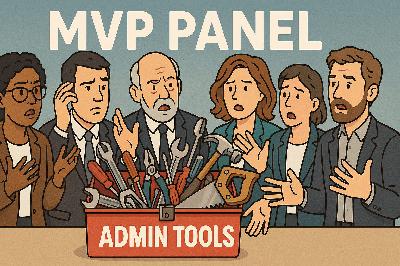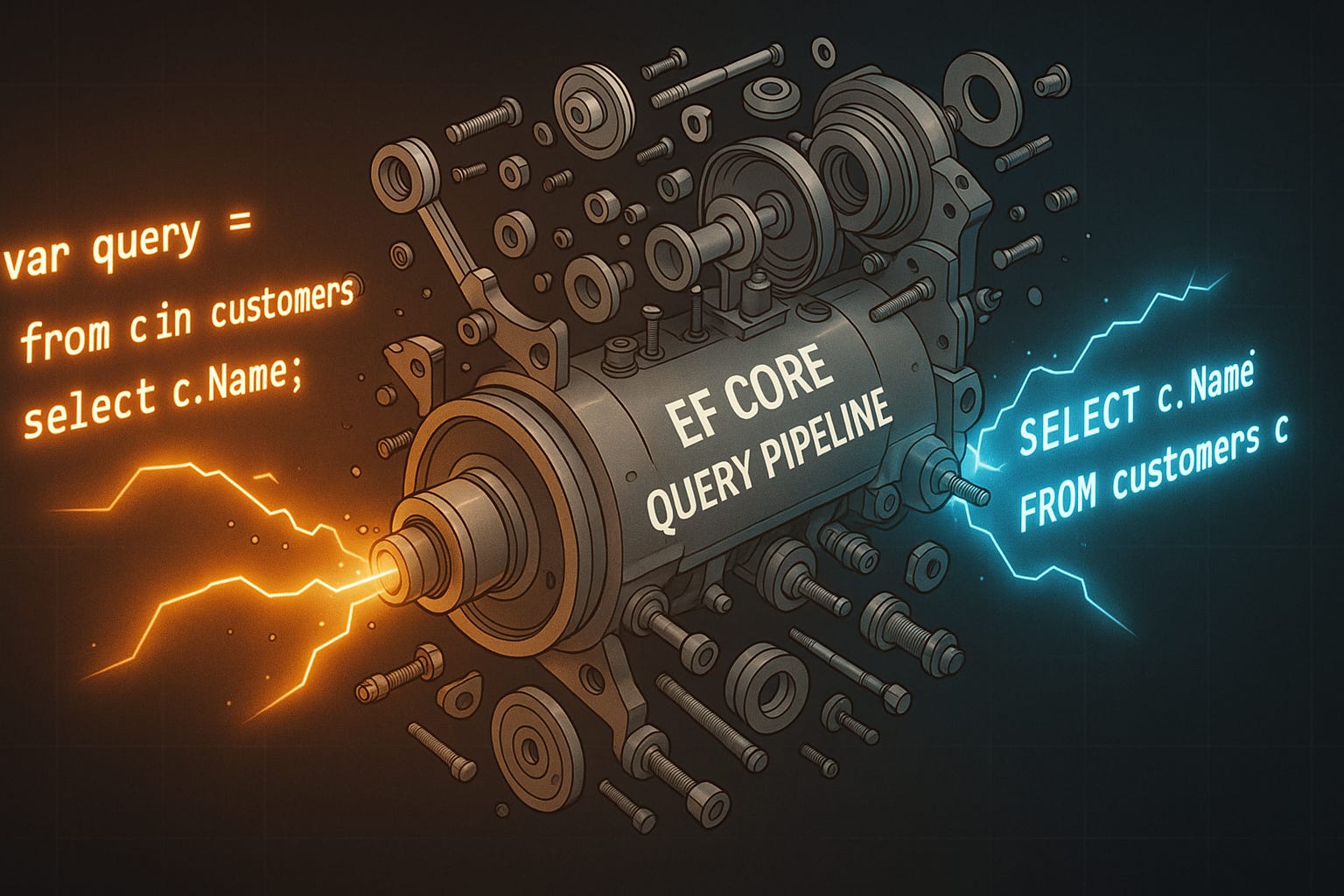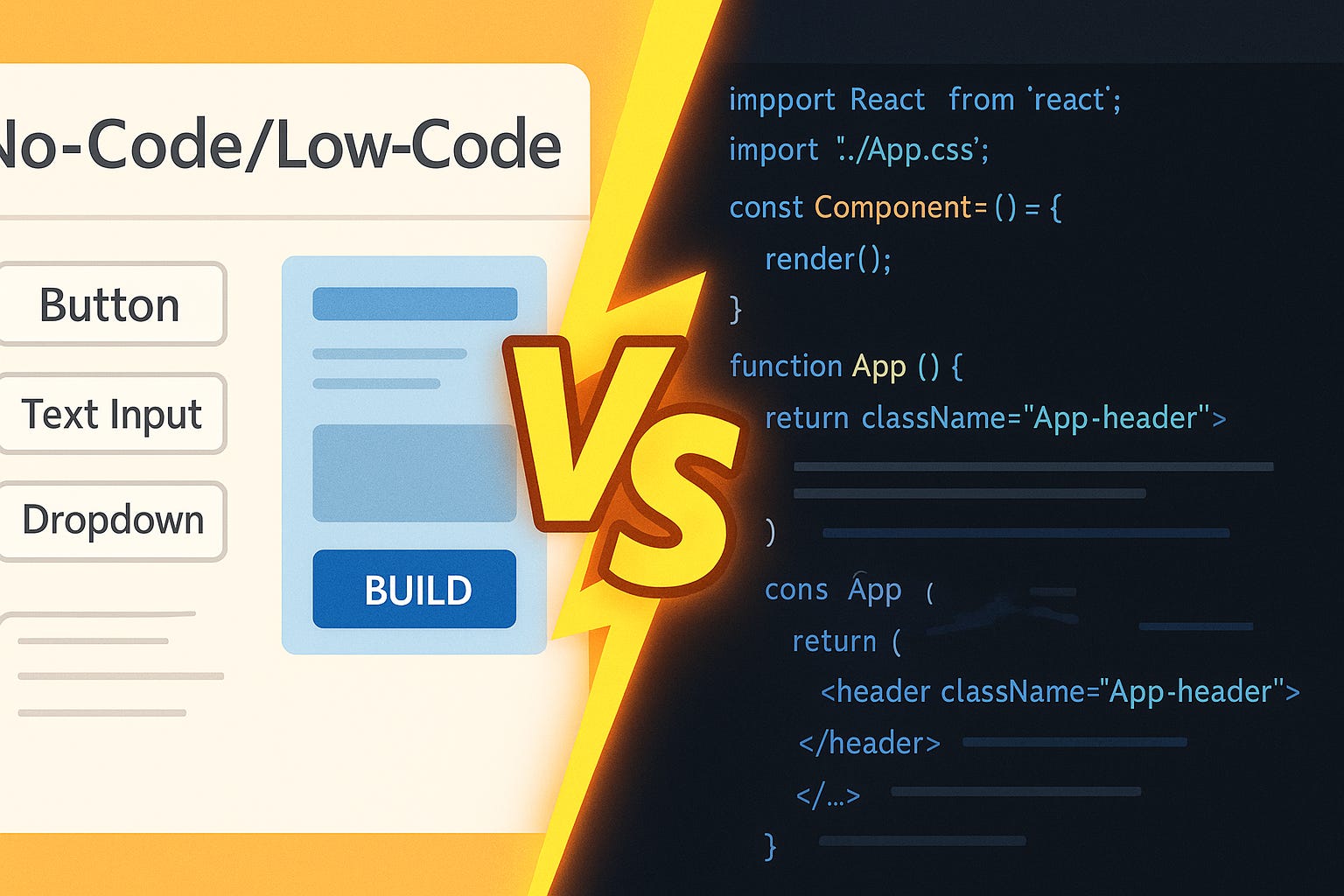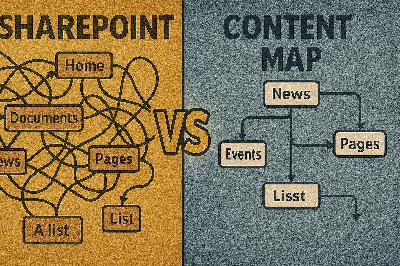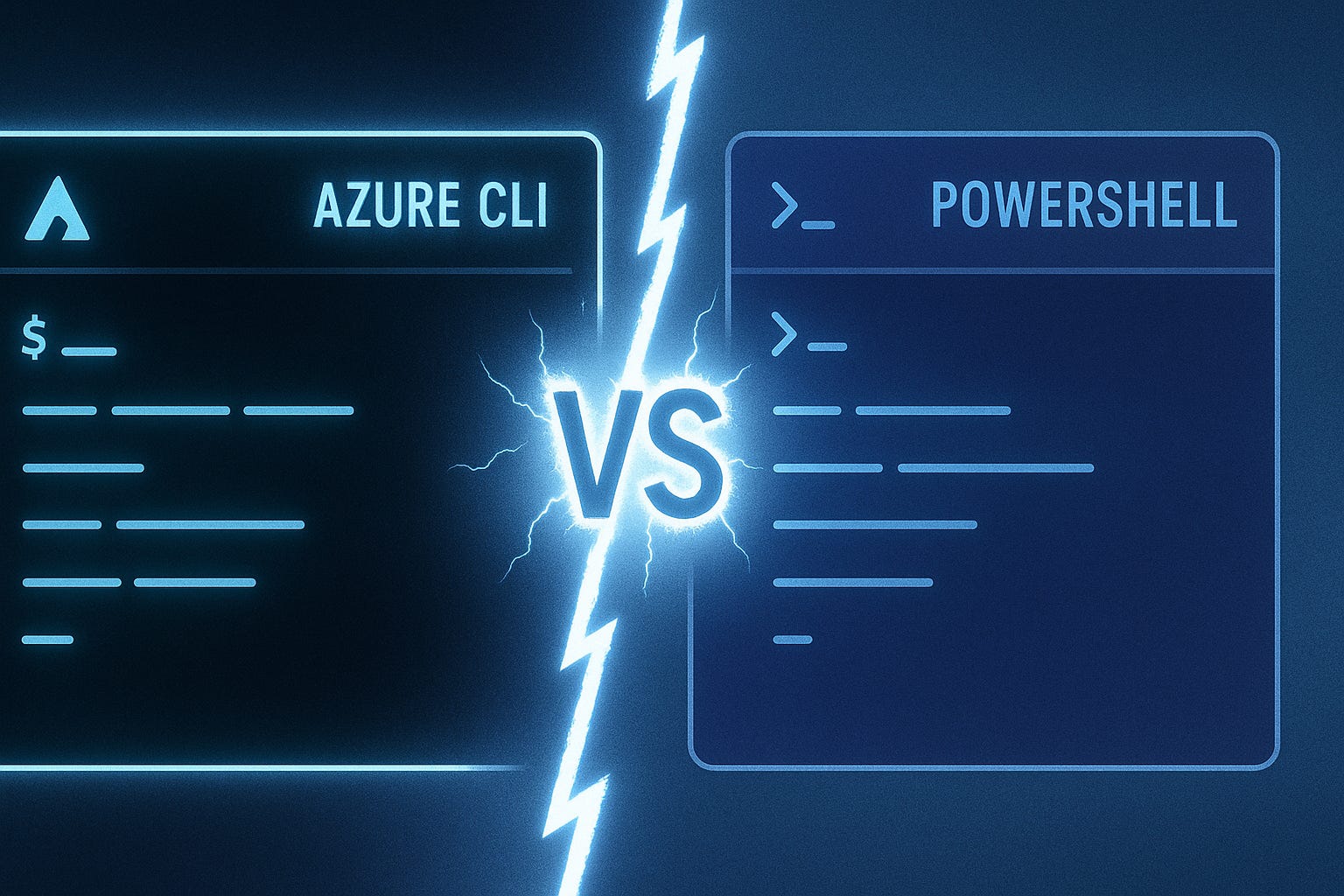Domains in Fabric: Easier Than It Looks? (Spoiler: No)
Description
Admins, remember when Power BI Premium felt like your biggest headache? Overnight, you’re suddenly a Fabric Administrator, staring at domains, capacities, and tenant configs like a set of IKEA instructions written in Klingon. Microsoft says this makes things “simpler.” Our experience shows it just means fifty new moving parts you didn’t ask for.
By the end, you’ll know what to lock down first, how to design workspaces that actually scale, and how to avoid surprise bills when capacity goes sideways. Subscribe to the M365.Show newsletter so you get our Fabric survival checklist before chaos hits.
Let’s start with domains. Microsoft says they “simplify organization.” Reality: prepare for sprawl with fancier nametags.
Domains Aren’t Just New Labels
Domains aren’t just another batch of Microsoft labels to memorize. They change how data, people, and governance collide in your tenant—and if you treat them like renamed workspaces, you’ll spend more time firefighting than managing.
On the surface, a domain looks tidy. It’s marketed as a logical container: HR gets one, Finance gets one, Marketing gets one. Sounds neat until you realize each domain doesn’t just sit there quietly—it comes with its own ownership, policies, and permission quirks. One team sees it as their sandbox, another sees it as their data vault, and suddenly you’re refereeing a brawl between groups who have never once agreed on governance rules.
The scope is bigger too. Workspaces used to be about reports and maybe a dataset or two. Now your Marketing domain doesn’t just hold dashboards—it’s sucking in staging pipelines, raw data ingests, models, and random file dumps. That means your business analyst who just wanted to publish a campaign dashboard ends up sharing space with a data engineer pushing terabytes of logs. Guess who dominates that territory? Not the analyst.
Then comes the permission puzzle. You’re not just picking Viewer, Contributor, or Admin anymore. Domains bring another layer: domain-level roles and domain-level policies that can override workspace rules. That’s when you start hearing from users: “Why can’t I publish in my own workspace?” The answer is buried in domain settings you probably didn’t know existed when you set it up. And every one of those support pings ends up at your desk.
Here’s the metaphor that sticks: setting up domains without governance is like trying to organize your garage into “zones.” You put tools on one wall, bikes in another corner, boxes on shelves. Feels under control—until the neighbors dump their junk in there too. Now you’re tripping over someone else’s lawnmower trying to find your screwdriver. That’s domains: the illusion of neat order without actual rules. The punchline? Domains are an opportunity for chaos or control—and the only way you get control is by locking a few things in early.
So what do you lock? First 30 days: define your domain taxonomy. Decide whether domains represent departments, projects, or purposes. Don’t let people invent that on the fly. First 60 days: assign single ownership with a clear escalation path. One team owns structure, another enforces usage, and everybody else knows where to escalate. First 90 days: enforce naming rules, then pilot policies with one team before rolling them out everywhere. That gives you a safe zone to see how conflicts actually surface before they become tenant-wide tickets.
And what do you watch for along the way? Easy tells that a domain is already misconfigured: multiple near-identical domains like “Sales,” “Sales Reporting,” and “Sales 2025.” Owners you’ve never heard of suddenly holding keys to sensitive data. Users reporting mysterious “can’t publish” errors that resolve only when you dig into domain policies. Each of these is a canary in the coal mine—and if you ignore them, the sprawl hardens fast.
We’ve seen domain sprawl happen quickly when teams can create domains freely. It’s not hypothetical—it only takes one unchecked department creating a new shiny container for their project, and suddenly you’ve got duplicates and silos sprouting up. The mess builds quicker than you think, and unlike workspaces, a domain is bigger by design, which means the fallout stretches further.
The fix isn’t abandoning domains. Done right, they actually help carve order into Fabric. But doing it right means starting boring and staying boring. Naming conventions aren’t glamorous, and ownership charts don’t impress in a slide deck. But it’s exactly that unsexy work that prevents months of renaming, re-permissioning, and explaining to your boss why Finance can see HR’s data warehouse.
Domains don’t magically simplify anything. You’ve got to build the scaffolding before they scale. When you skip that, Microsoft’s “simpler organization” just becomes another layer of chaos dressed up in clean UI. And once domains are running wild, the next layer you’ll trip over isn’t naming—it’s the foundation everything sits on: workspace architecture. That’s where the problems shift from labels to structure, and things start looking less like Legos and more like a Jenga tower.
Workspace Architecture: From Lego to Jenga
Now let’s dig into workspace architecture, because this is where admins either set order early or watch the entire tenant bend under its own weight. Old Power BI workspaces were simple—few reports, a dataset, done. In Fabric, that world is gone. Workspaces are crammed with lakehouses, warehouses, notebooks, pipelines, and the dashboards nobody ever stopped building. Different teams—engineering, analysts, researchers—are all piling their work into the same bucket, and you’re supposed to govern it like it’s still just reporting. That mismatch is where the headaches start.
The scope has blown up. Workspaces aren’t just about “who sees which report” anymore. They cover ingestion, staging, analysis, and even experimentation. In the same space you’ve got someone dumping raw logs, another team tuning a model, and another trying to prep board slides. Mixing those roles with no structure means unstable results. Data gets pulled from the wrong copy, pipelines overwrite each other, performance sinks, and you’re dealing with another round of help desk chaos.
The trap for admins is assuming old rules stretch to this new reality. Viewer and Member aren’t enough when the question is: who manages staging, who protects production, and who keeps experiments from knocking over production datasets? Workspace roles multiply risk, and if you manage them like it’s still just reports, you’re courting failure.
Here’s what usually happens. Someone spins up a workspace for a “simple dashboard.” Six months later, it’s bloated with CSV dumps, multiple warehouses mislabeled, a couple of experimental notebooks, and datasets pointing at conflicting sources. Analysts can’t tell staging from production, someone presents the wrong numbers to leadership, and the blame lands on you for letting it spin out of control.
Microsoft’s advice is “purpose-driven workspaces.” Good guidance—but many orgs treat them like folders with shinier icons. Need Q4 content? New workspace. Need a sandbox? New workspace. Before long, you’ve got dozens of abandoned ones idling with random objects, still eating capacity, and no clear rules holding any of it together.
So how do you cut through the chaos? Three rules—short and blunt. Separate by function. Enforce naming and lifecycle. Automate with templates. That’s the backbone of sustainable Fabric workspace design.
Separate by function: Staging, production, and analytics don’t belong in the same bucket. Keep them distinct. One workable pattern: create a staging workspace managed by engineering, a production workspace owned by BI, and a shared research space for experiments. Each team knows their ground, and reports don’t pull from half-built pipelines.
Enforce naming and lifecycle: Don’t trust memory or guesswork. Is it SALES_PROD or SALES_STAGE? Tagging and naming stop the mix-ups. Pair it with lifecycle—every space needs an owner and expiry checks, so years from now you aren’t cleaning up junk nobody remembers making.
Automate with templates: Humans forget rules; automation won’t. Build a workspace template that locks in owners, tags, and naming from the start. Don’t try to boil the ocean—pilot with one team, smooth the wrinkles, then expand it.
Admins always want a sanity check: how do you know if you’ve structured it right? Run three quick tests. Are production reports separated from experiments? Can an experimenter accidentally overwrite a production dataset? Do warehouses and pipelines follow a naming convention that a stranger could recognize in seconds? If any answer is “no,” your governance won’t scale.
The payoff is practical. When staging blows up, it doesn’t spill into production. When executives need reporting, they aren’t pulling test data. And when workloads start climbing, you know exactly which spaces should map to dedicated capacity instead of scrambling to unpick the mess later. Architecture isn’t about controlling creativity, it’s about making performance and governance predictable.
Done right, architecture sets you up to handle the next big challenge. Because once multiple workspaces start hammering workloads, your biggest strain won’t just be who owns what—it’s what’s chewing through your compute. And that’s where every admin who thinks Premium still means what it used to gets a rude surprise.
Capacities: When Premium Isn’t Premium Anymore
Capacities in Fabric will test you in a way Premium never did. What used to feel like a horsepower upgrade for reports is now a shared fuel tank that everything taps into—reports, warehouses, pipelines, notebooks, and whatever else your teams spin up. And once

